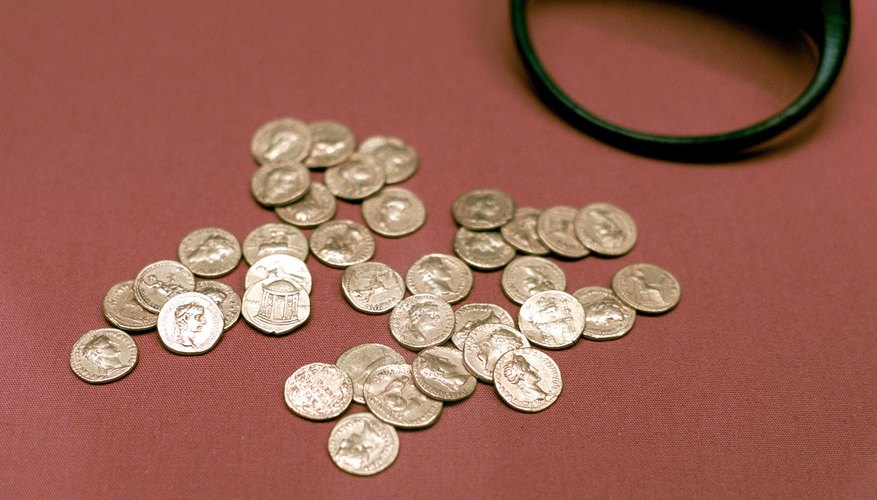“Precision Gold” is not a metal detector brand name, nor a precise category designation. It is a loosely applied descriptor of varying definition. At least one model with this name is aimed at children and beginners, rather than experienced treasure hunters. Precision gold metal detectors can locate coins, relics and jewellery but they are not unique amongst metal detectors in that respect.
What’s included
Some kits consist of the metal detector only. Some come also with headphones, so you can focus on listening to the signal and exclude background noise. Some include a folding pick/shovel so you don’t have to take along additional digging implements when you are out treasure hunting. Some have a sand sifter and carry case. The sand sifter allows you to scoop up a patch of sandy soil and quickly discard loose matter through holes, leaving only items which may be of interest.
- Some kits consist of the metal detector only.
- Some come also with headphones, so you can focus on listening to the signal and exclude background noise.
Controls and displays
On precision gold detectors, there are usually several operation modes, such as “all metal,” “disc” and “notch.” In “all metal” mode, you will detect any metal, including “junk.” You change the detector’s discrimination setting by using the “disc” control, to make your detector respond to only signals from the more valuable metals. Choose “notch” mode if you wish to ignore a particular type of metal. Use the “sens” control to vary the sensitivity of the detector according to different environmental conditions. The pin-point button allows you to detect while keeping the head of the unit static.
Set up for detecting gold
Take off any metal jewellery you are wearing on your hands. Lay the precision gold detector horizontally on a table made of plastic or wood, as these materials will not interfere with the detector’s operation. Point the base of the search head upwards. Switch on the detector and select the "disc" mode. Take a gold ring or other piece of gold and sweep it across the head. If there is no signal, increase the “disc” setting by one and try again, and so on until the unit sounds. Now you know the “disc” setting that could locate gold for you out in the field.
- Take off any metal jewellery you are wearing on your hands.
- Lay the precision gold detector horizontally on a table made of plastic or wood, as these materials will not interfere with the detector’s operation.
Ground sweeping technique
Learning how to sweep is essential, according to "Gold Bummin" (see Resources). Ground sweeping technique is the same with virtually all metal detectors. Avoid using a pendulum motion, as this will give false readings. Keep the face of the search head a few centimetres above the ground. Walk forward slowly, drawing a continuous arcing line through the air. Aim to overlap each sweep slightly for maximum ground coverage. If the ground surface becomes elevated as you move forward, raise the search head accordingly. Take care not to allow your search head to collide with any solid mass.
- Learning how to sweep is essential, according to "Gold Bummin" (see Resources).
- Aim to overlap each sweep slightly for maximum ground coverage.
Safety
Take care when using a precision gold metal detector, especially when looking down and walking forward at the same time. Supervise children vigilantly. The edges of the pick/shovel supplied in some precision gold kits are sharp and could present a hazard, as could the points of the pick. Check the signal volume is set at a reasonable level before putting the headphones on or allowing a child to wear them.
- Take care when using a precision gold metal detector, especially when looking down and walking forward at the same time.
- The edges of the pick/shovel supplied in some precision gold kits are sharp and could present a hazard, as could the points of the pick.
